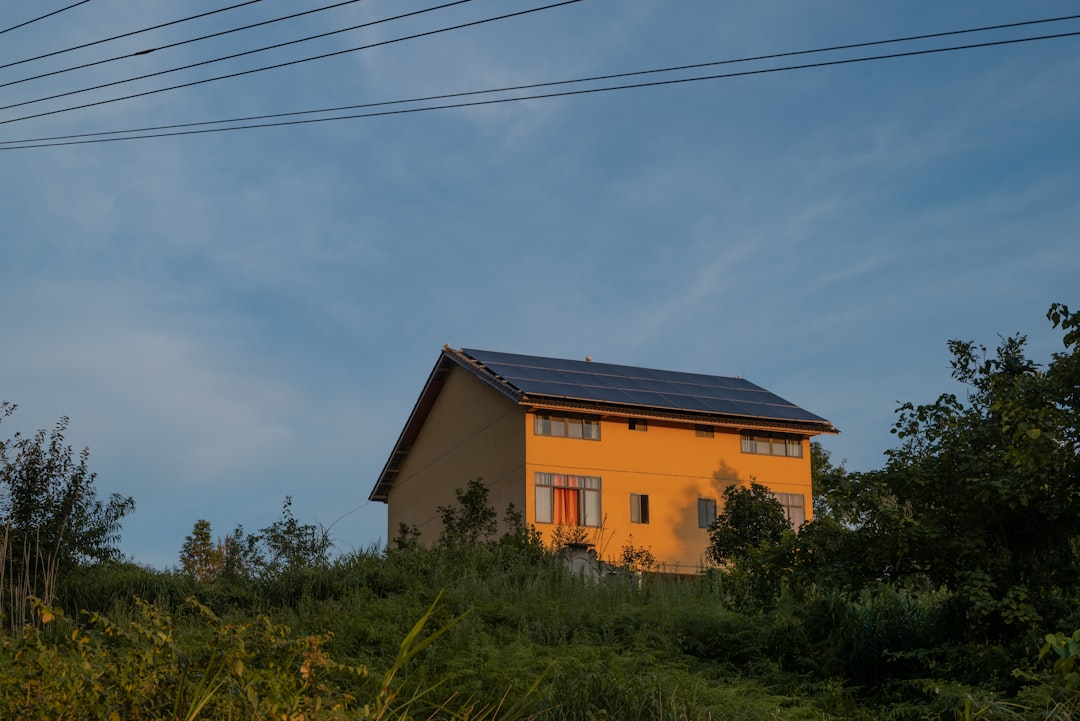“`html
Renewable Microgrids: A New Dawn for Villages
For decades, energy poverty has been a significant barrier to progress in rural villages across the globe. Lack of access to reliable electricity hinders education, healthcare, economic opportunities, and overall quality of life. But a powerful solution is emerging: renewable microgrids. These self-contained energy systems, powered by sources like solar and wind, are transforming villages by providing clean, affordable, and dependable power.
Why Microgrids Matter: Breaking the Cycle of Energy Poverty
Traditional grid extension to remote villages is often prohibitively expensive and impractical. The vast distances, challenging terrain, and low population densities make it an unattractive investment for traditional utility companies. This leaves millions reliant on expensive, polluting, and unreliable energy sources like kerosene lamps and diesel generators.
Renewable microgrids offer a viable alternative. They bypass the need for extensive transmission lines by generating power locally. This reduces transmission losses, lowers costs, and increases energy independence. Importantly, they are scalable, meaning they can be expanded as the village’s energy needs grow. The Reuters article, as referenced, details similar progress regarding the energy access that is available due to these microgrids.
The Impact: Beyond Just Lights On
The impact of renewable microgrids extends far beyond simply providing light. Here are some key benefits:
- Economic Empowerment: Reliable electricity powers businesses, enabling villagers to start small enterprises, process agricultural products, and access new markets. Refrigeration allows for storing perishable goods, reducing waste and increasing income.
- Improved Healthcare: Powering clinics and hospitals with reliable electricity allows for better medical equipment, refrigeration for vaccines, and improved patient care.
- Enhanced Education: Electricity enables students to study at night, access online learning resources, and improves overall educational outcomes.
- Safer Communities: Street lighting increases safety and security, allowing villagers to move around freely at night.
- Reduced Carbon Footprint: By replacing fossil fuel-based energy sources with renewables, microgrids significantly reduce carbon emissions and contribute to a cleaner environment.
Solar Power Takes the Lead
Solar power is often the primary energy source for microgrids in sunny regions. Solar panels are relatively affordable, easy to install, and require minimal maintenance. Battery storage systems are often integrated with solar microgrids to provide power during periods of low sunlight or at night.
In some locations, wind power, small-scale hydropower, or biomass generators may be combined with solar power to create a hybrid microgrid, further enhancing reliability and reducing reliance on a single energy source.
Successful Examples Around the World
Several examples showcase the transformative power of renewable microgrids. For instance, in remote villages in India, solar microgrids have provided access to electricity for the first time, enabling economic growth and improving the quality of life for thousands of people. Similar projects are underway in Africa, Asia, and Latin America, demonstrating the global potential of this technology. Consider reviewing the BBC News article for more in-depth studies regarding the global effects of green initiatives.
Challenges and Overcoming Them
While renewable microgrids offer tremendous potential, there are also challenges that need to be addressed:
- Financing: Securing funding for microgrid projects can be challenging, especially in low-income communities. Innovative financing models, such as crowdfunding, impact investing, and government subsidies, are needed to overcome this barrier.
- Technical Expertise: Designing, installing, and maintaining microgrids requires skilled technicians. Training programs and technology transfer initiatives are essential to build local capacity.
- Community Engagement: It’s crucial to involve local communities in the planning and implementation of microgrid projects to ensure their long-term sustainability and acceptance. Community ownership and participation are key to success.
- Regulatory Frameworks: Clear and supportive regulatory frameworks are needed to encourage the development and deployment of microgrids.
The Future Outlook: Bright and Electrified
The future of renewable microgrids is bright. As the cost of renewable energy technologies continues to decline and battery storage becomes more affordable, microgrids will become increasingly competitive with traditional grid extension. Technological advancements and continued innovation will drive further improvements in efficiency, reliability, and affordability.
The expansion of microgrids is also being driven by increasing awareness of the importance of energy access for sustainable development and climate change mitigation. Governments, international organizations, and private investors are recognizing the potential of microgrids to address these pressing challenges.
We can anticipate that future microgrids will be even more intelligent, integrating advanced technologies such as smart meters, IoT (Internet of Things) devices, and artificial intelligence (AI) to optimize energy consumption, predict demand, and improve grid management. These smart microgrids will be able to seamlessly integrate with the existing grid, providing greater flexibility and resilience to the overall energy system.
Ultimately, renewable microgrids are not just about providing electricity; they are about empowering communities, fostering economic growth, and building a more sustainable future for all. This decentralized approach to energy generation is helping to bridge the energy divide, bringing light and opportunity to even the most remote corners of the world. Look to the UN Sustainable Development Goals as a source of information to learn more about global initiatives that are powering these projects and transforming the lives of communities.
“`

